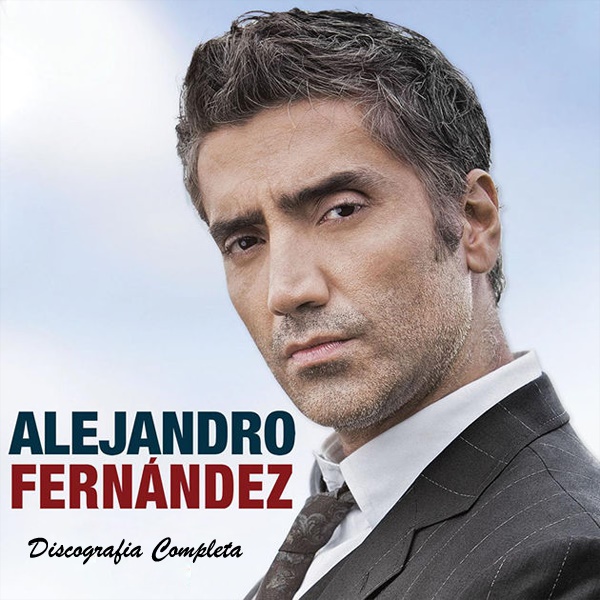Alejandro Fernández is not just a name; he represents a significant chapter in the world of Latin music. With a career spanning decades and a rich heritage, his contributions to the music industry are noteworthy. Born into a family of artists, Alejandro embodies the essence of passion and dedication, which resonates through his songs and performances. His journey showcases not only his talent as a singer and actor but also the cultural richness of Mexican music.
Alejandro Fernández at a Glance
Alejandro Fernández, a prominent figure in the music scene, is celebrated for his ability to blend traditional Mexican folk music with modern sounds. With a net worth of approximately $20 million, he has sold over 30 million records worldwide, making him one of the most successful Latin music artists in history. His accomplishments include winning multiple Latin Grammy Awards and receiving a star on the Hollywood Walk of Fame in 2005.
Early Life and Background
Born on April 24, 1971, in Guadalajara, Jalisco, Mexico, Alejandro is the son of the legendary ranchera singer Vicente Fernández. This musical lineage played a crucial role in shaping his career. He made his first public appearance at just five years old, showcasing his talent at a young age. Despite facing family challenges, including the kidnapping of his brother Vicente Jr., Alejandro's passion for music remained undeterred.
Career Beginnings
Fernández's career took off in 1992 with the release of his debut self-titled album. It featured popular tracks like "Brumas" and "Equivocadamente." Following this, he toured extensively across Mexico and the United States, gaining a loyal fan base. His second album, "Piel de Niña," released in 1993, solidified his position as a rising star in the music industry.
International Recognition
In 1995, Alejandro achieved international acclaim with his album "Que Seas Muy Feliz," which introduced his hit single "Como Quien Pierde Una Estrella." This track marked a significant milestone in his career. His continued success with subsequent albums, including "Muy Dentro de Mi Corazón," earned him a Grammy nomination and further established his presence in the Latin music scene.
Further Musical Endeavors
Fernández's journey through music is marked by a diverse discography, including the 1999 album "Mi Verdad," which showcased his return to ranchera music. He has consistently released albums that highlight his versatility as an artist, blending various genres. Notable releases include "Dos Mundos: Evolución + Tradición" in 2009 and "Rompiendo Fronteras" in 2017, which merged ranchera with contemporary Latin pop and reggaeton sounds.
Collaborations and Contributions
Throughout his career, Alejandro has collaborated with numerous renowned artists, enhancing his musical repertoire. Notable collaborations include working with Julio Iglesias and Christina Aguilera. His participation in events such as the theme song for the 1996 Summer Olympics showcases his commitment to music on a global scale. These collaborations not only broadened his audience but also solidified his status in the entertainment industry.
Film Appearances
In addition to his musical career, Alejandro has made his mark in film. He starred as Emiliano Zapata in the 2004 film "Zapata," which is recognized as one of the most expensive Mexican productions. His involvement in film highlights his versatility as an artist, further enriching his legacy.
Personal Life and Philanthropy
Fernández's personal life reflects his dedication to family. He is married to Colombian model Ximena Díaz and has two children. Additionally, he has three children from his previous marriage. Beyond music, Alejandro is actively involved in philanthropy and community projects, including co-owning a shopping center in Guadalajara and contributing to the construction of an indoor arena for sports and concerts.
Final Thoughts and Legacy
Alejandro Fernández's journey is a testament to the power of music and cultural heritage. His ability to connect with audiences through heartfelt performances and rich storytelling has left an indelible mark on the Latin music landscape. As he continues to evolve as an artist, his legacy inspires future generations of musicians to embrace their roots while exploring new artistic horizons.


